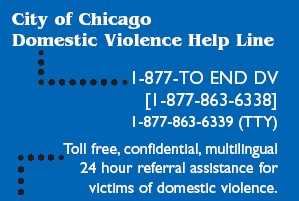Information for Lesbian, Gay, Bisexual and Transgender
About Domestic Violence in the LGBT Community

There is a prevailing misconception that domestic violence doesn't affect those in lesbian, gay, bisexual and transgender (LGBT) relationships. Furthermore, when intimate partner abuse is identified in these communities, it tends to be quickly perceived as "mutual fighting."
It is important that as victims, survivors, family members, friends, religious leaders, employers, and community residents we recognize and address the needs of LGBT victims of domestic violence.
Similarities Between LGBT and Heterosexual Battering:
- Domestic violence occurs when one partner attempts to maintain power and control over the other
- The batterer maintains this power and control through the use of physical, emotional, sexual, psychological and financial abuse
- Victims of domestic violence often feel isolated, afraid, ashamed, helpless and responsible for the abuse
- Leaving an abusive relationship can be extremely difficult and dangerous
- Domestic violence can be fatal
Barriers to Getting Help
LGBT victims of domestic violence encounter numerous barriers which can prevent one from seeking help. Homophobia, coupled with general misconceptions about domestic violence, can discourage many victims from naming their experiences and accessing support services.
- The prevailing myth that LGBT domestic violence is "mutual"
- Fear of "being outed" to social service providers, police, judges, employers, family members and friends
- Limited LGBT sensitive service providers
- Lack of support and awareness in the LGBT community
- Fear of further isolation
- Fear of reinforcing negative stereotypes about the LGBT community
Information adapted in part from the Minnesota Coalition for Battered Women: Confronting Lesbian Battering Manual
